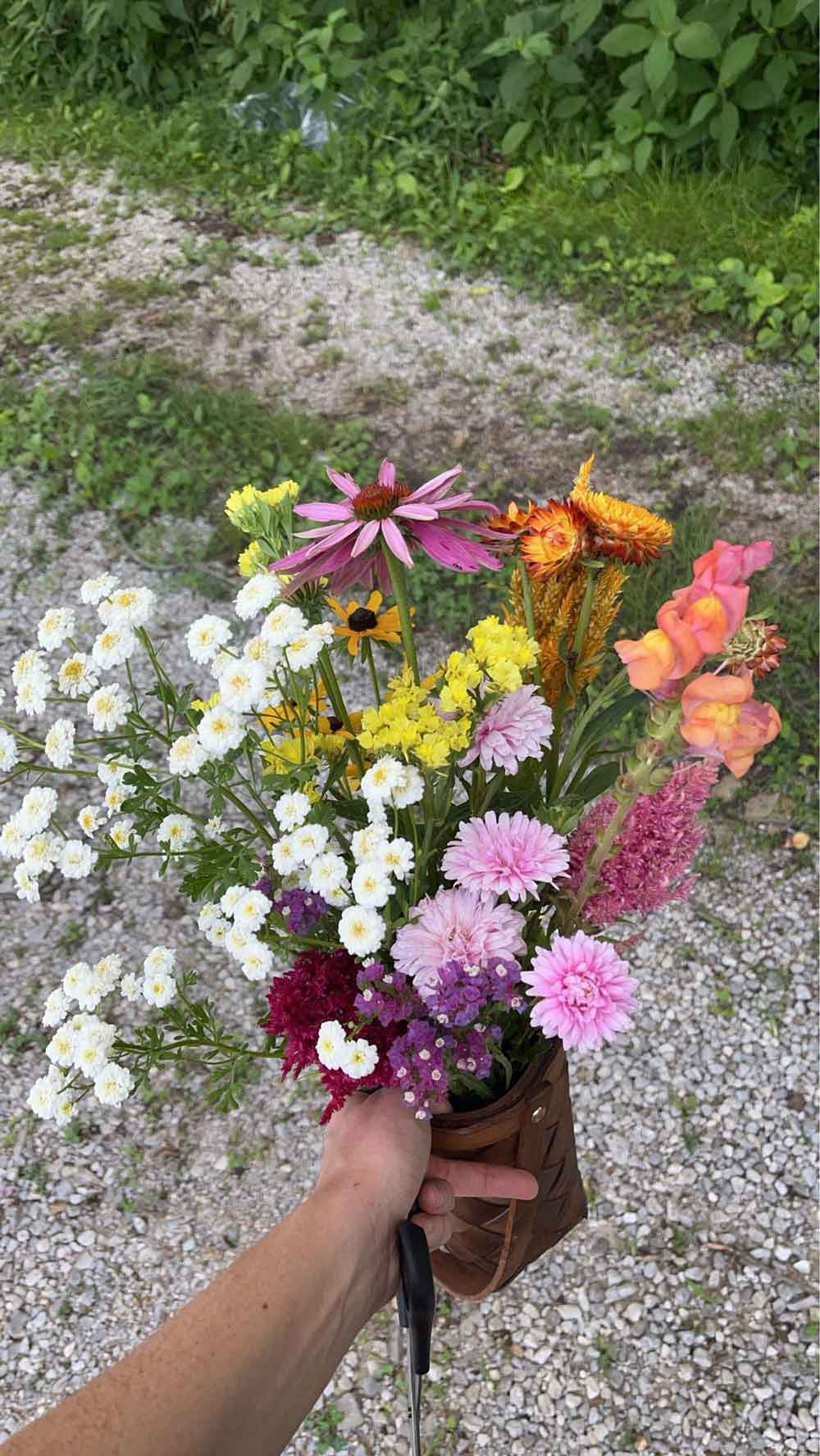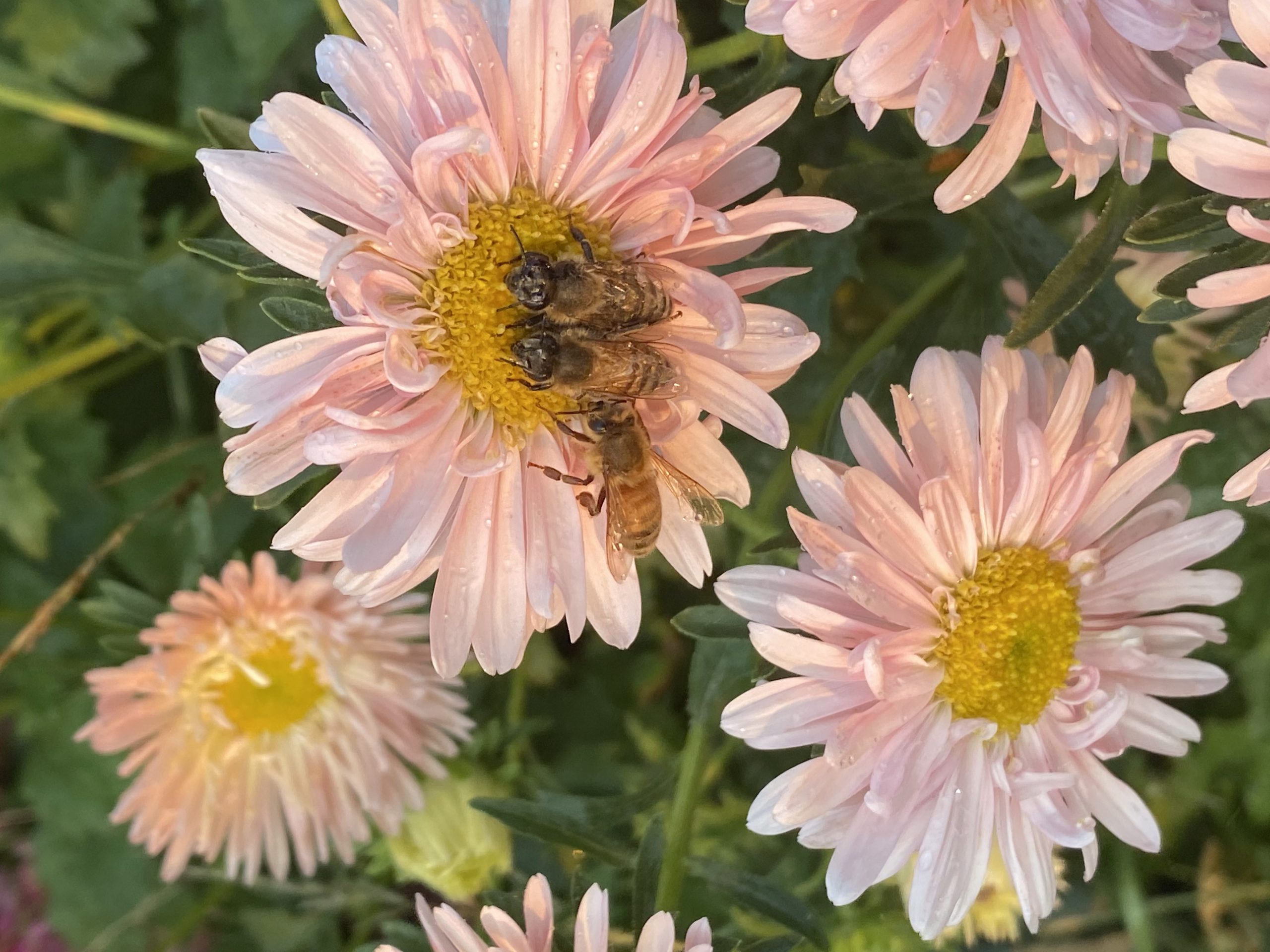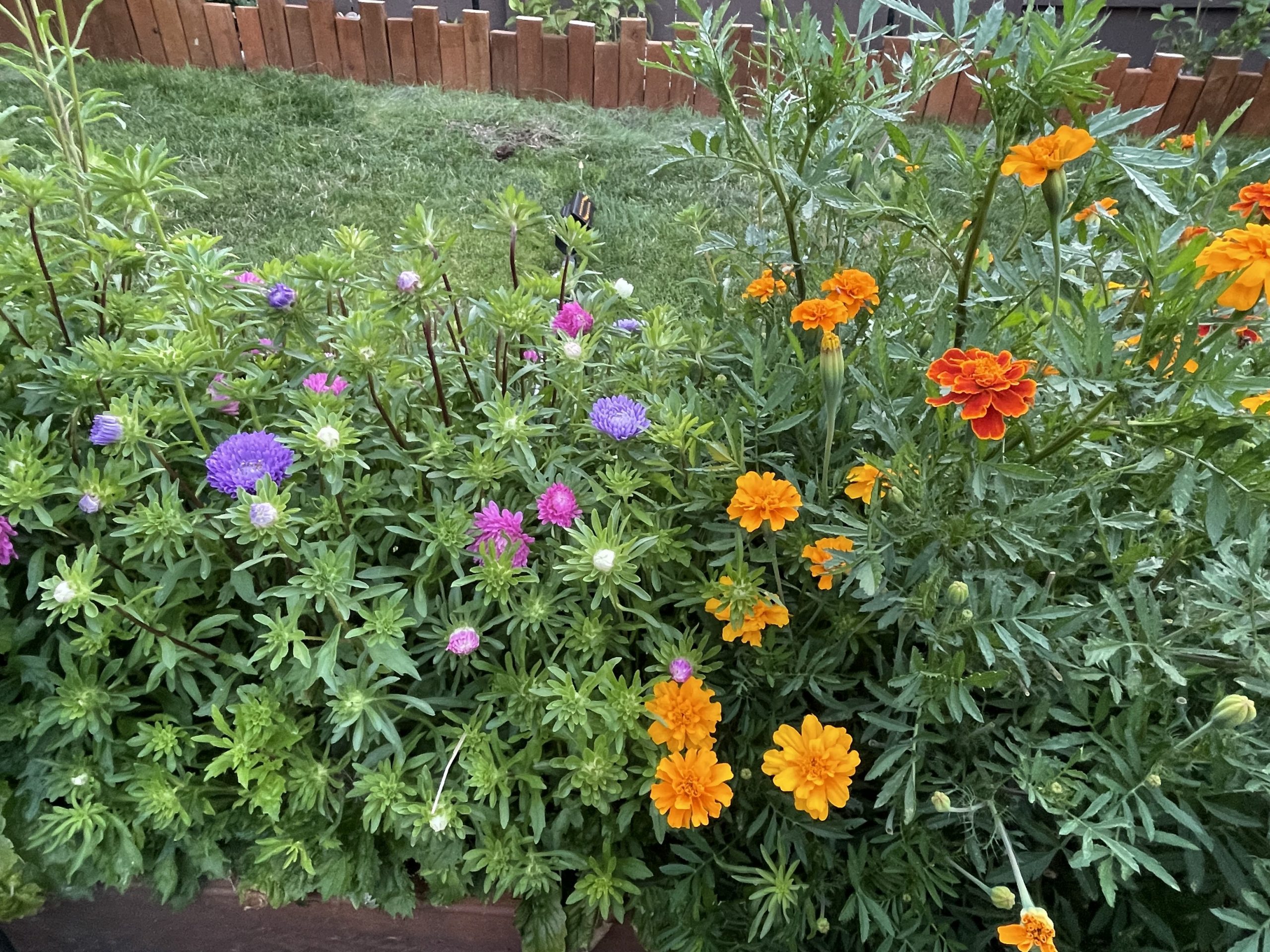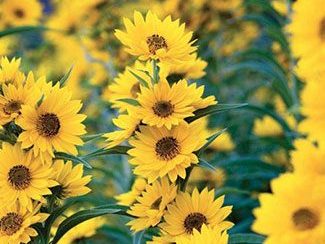About Asters
Asters belong to the Asteraceae family, commonly known as the daisy family. Gardeners can choose from numerous species which offer a wide range of options. These options include both tall and short plants, featuring flowers in various textures, shapes, patterns, and shades of blue, purple, pink, or white. As a North American native, asters play a crucial role as food sources for butterflies, native bees, and other insects. They are particularly well-suited for wildflower and butterfly gardens, as well as meadow habitats. Most asters, especially the New England aster, thrive in cool, moist climates especially during the night.
When to Plant Aster Seeds
Plant outdoors after the last frost of the season or start indoors six to eight weeks before the last frost date.
Where to Plant Aster Seeds
If direct sowing outdoors, plant in moist, nutrient dense, well-draining soils that are exposed to at least four to eight hours of full sun each day. Do not plant asters in areas where the soil retains water, or alternately, where it readily dries out. Prepare the planting site by mixing in a source of organic matter like compost, or composted manure.
If starting indoors, use a seed starting soil mixture and cover the seeds lightly with ⅛ of soil. Water the seeds at planting time and keep them evenly moist until seedlings emerge after one to three weeks, depending on the variety. Harden off the seedlings and transplant out into the garden once danger of frost has passed. Read more about how to harden off seedlings here.
How to Plant Aster Seeds
Aster seeds require light to germinate, so be careful not to cover them with more than ⅛ inches of soil when planting. Learn more about germination light requirements here.
When sowing outdoors, spread the seeds across the surface of moistened soil. Repeat this several times every 10 to 14 days and keep the soil moistened to ensure an extended blooming season. Thin seedlings out every six to eight inches once they emerge. When grown indoors, transplant into the garden at the same spacing, six to eight inches apart.
How to Care for Asters
Asters are easy to maintain as long as you do not allow the soil to dry out. Mulching around each plant can both keep weeds down as well as aid in moisture retention. Taller flower stalks may need to be staked to keep them from falling over. Keep from crowding asters together wherever possible to allow for better airflow between plants. Plant in different locations each year to reduce the risk of spreading potential pests or diseases. In winter, cut the plants back.





